India has the highest number of Science, Technology, Engineering, and Mathematics (STEM) graduates in the world. According to Mamidala Jagadesh Kumar, Chairman, University Grants Commission, New Delhi, India has set a world record with 40% enrolment of women in STEM fields, The Hindu reported in March 2024.
However, even though graduation rates are higher among women than men, women are less likely to undertake studies in STEM fields, particularly engineering, information and communication technology (ICT) and physics, says a 2020 report by the World Bank on global trends in the participation of women and girls in STEM.
Women in STEM fields publish less and are likely to be underpaid. Women comprised 29.2% of the STEM workforce in 146 nations evaluated in the Global Gender Gap Report (2023), even though women made up 49.3% or almost half of the total employment across non-STEM occupations.
What are the Challenges Faced by Women in STEM?/ Why is there a Gender Gap in STEM?
The underrepresentation and challenges faced by women in science and STEM fields can be attributed to a number of social, and cultural factors.
Gender bias: Traditional gender roles in India often prioritize women’s familial responsibilities. Women are usually the ones who take care of children and are caregivers. That’s why many women face pressure from family and society to prioritise the family over academic or professional careers. Many drop out or are unable to climb the career ladder due to this.
Less encouragement: From a very young age, especially in some communities, girls don’t receive the same encouragement to pursue careers in science as boys. They are discouraged from taking up or excelling in “male-dominated” subjects such as mathematics or engineering. According to UNESCO’s ‘Changing the Equation: Changing STEM futures for Women’, Policy Brief for the G20 Women’s Empowerment Working Group, in eight out of 10 countries, more boys aspire to jobs using maths.
“When I was doing my BSc (Physics) at a college in Kolkata in 1999, there were 47 boys and only seven girls in my class,” says Haimanti Paul, who is researching non-conventional energy sources. “Even when I became a teacher later, I realised that girls are more scared of studying physics when compared to boys. And this is probably because they have been told as children that they are not good enough to study tough subjects like physics.”
Barriers in educational institutions: The gender bias faced from peers, teachers, and even their own families can undermine the confidence of female students and limit their performance. In some cases, the educational infrastructure such as lack of sanitary facilities, or safety issues discourage women’s full participation in STEM, especially in rural or underdeveloped areas.
Social and familial expectations: Many women may struggle to strike a balance between their career ambitions and societal expectations of caregiving roles. “If you spend many years studying, then parents are worried that their daughters won’t get married on time,” says Himanti, who is now based in Bengaluru. “And after marriage, in-laws pressurise them to have children, and then they have to take care of their children, which means taking a break from or spending lesser hours at work.”
Somdatta Karak, a science communicator with CCMB (Centre for Cellular & Molecular Biology), who works to make science accessible to all, agrees. “When parents approach me, they ask how settled the job would be if their children continue in science. Unfortunately, it is not a “settled” job. You may land a job with a research institution in the city or with a university in smaller places,” she says.
Discrimination at the workplace: Women in STEM careers often face biases in hiring, promotions, and pay. There are fewer women in leadership positions in science and technology, so younger women do not have the same opportunities for mentorship and professional growth. Scientific careers often require you to put in long hours in labs or in fieldwork, which can be discouraged by families who are not supportive, leading to higher attrition rates for women in STEM fields.
“It takes years of studies to be trained as an academic; it’s a slow process. In most workplaces, it is difficult to be hired for positions where you are an independent group leader if you are above 35,” says Karak. “Then you will be on probation for the first five years. Women in that age group are often juggling careers with household chores and babies so it’s tougher for them to make their way to the top.”
The leadership in most workplaces are male dominated. “And the few women who do reach those top leadership positions, the achievers who have also got the support of their families, often don’t relate to the common issues faced by women,” says Karak.
Fewer female faculty and role models: In 2019, the number of women faculty in STEM in India was about 14%. A recent study by Shruti Muralidhar and Vaishnavi Ananthanarayanan (2023) across 100 Indian universities found that only 16.6% of the overall STEM faculty were women.
“Though there are plenty of women taking up science as a career, people do not see enough role models of women scientists,” says Karak.
Need to Close the Gender Gap
Diversity, equity and inclusion provide a wide range of benefits to the workforce and the country and STEM is no different. Such benefits include the greater innovation of diverse teams and the creation of an adequate STEM workforce with resulting economic potential, among others, says UNESCO’s ‘Changing the Equation: Changing STEM futures for Women’.
However, according to the same report, women hold 22% of STEM jobs in G20 countries. Women and girls in STEM fields also face other disparities. Just take a look at these statistics: Only one in three researchers is a woman. Less than 25% of inventors listed in international patents are women. Women in STEM occupations earn just 85% of men’s pay. But it is important to bridge this gender gap. When the huge potential that women in STEM can offer remains untapped, scientific advancement and innovation is also affected. A more inclusive, diverse and strong scientific ecosystem can be created only by empowering women and promoting gender equality.
What’s Being Done?
Several government initiatives have been launched to help bridge the gender gap. The Department of Science and Technology (DST) is implementing a dedicated scheme, ‘Women in Science and Engineering-KIRAN (WISE-KIRAN)’ to enhance the participation of women in the field of Science and Technology (S&T)with the aim of achieving gender parity. The WISE-KIRAN Scheme is a holistic approach to address various challenges faced by women in their scientific journey through different kinds of programmes – the WISE Post-Doctoral Fellowship (WISE-PDF) programme to provide women the opportunity to continue research after Ph D in Basic and Applied Sciences through independent project grants; the Women’s Instinct for Developing and Ushering in Scientific Heights & Innovations (WIDUSHI) programme to encourage and support senior women scientists to conduct research in interdisciplinary areas of science and technology; the WISE-SCOPE programme to encourage women scientists and technologists to address societal challenges through science and technology interventions, etc.
The Science and Engineering Research Board (SERB), a statutory body of the Department of Science and Technology (DST), Government of India also launched a scheme, SERB-POWER (Promoting Opportunities for Women in Exploratory Research. It aims to mitigate gender disparity in science and engineering research funding in various science and technology programmes in Indian academic institutions and research and development (R&D) laboratories.
NGOs Work to Rectify the Situation
Several NGOs have also been working in the field to encourage girls in urban and rural areas to opt for science and STEM careers. With the significance of STEM, activity based and technology driven learning increasing by the day, Smile Foundation’s creative and innovative learning programmes have been introduced in collaboration with like-minded corporate, educational institutions and NGO partners. Building scientific temperament in students by introducing them to think critically, solve problems through inquiry and logic, ideate creatively and continue this process of learning for a lifetime are critical skills for the youth and workforce of tomorrow. We also believe in creating an exciting and fun learning environment as it contributes towards a positive and energetic interaction that in turn enables children to understand easily and retain the concepts well. As part of the initiative, STEM labs have been established at 12 locations, including DIY activity kits for activity-based learning and STEM DIY kits.



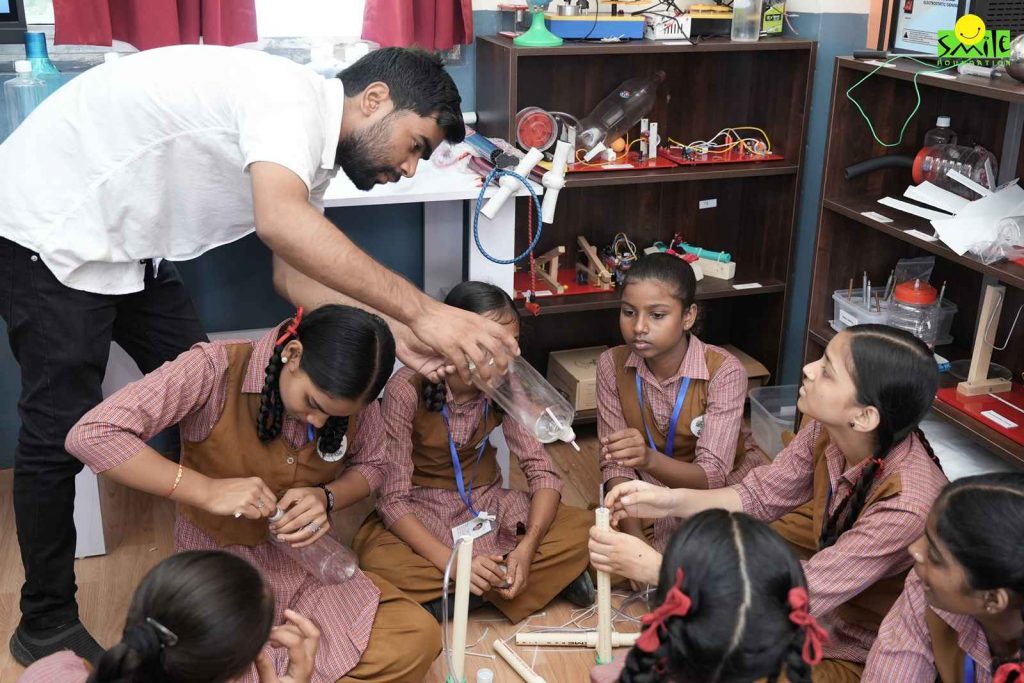

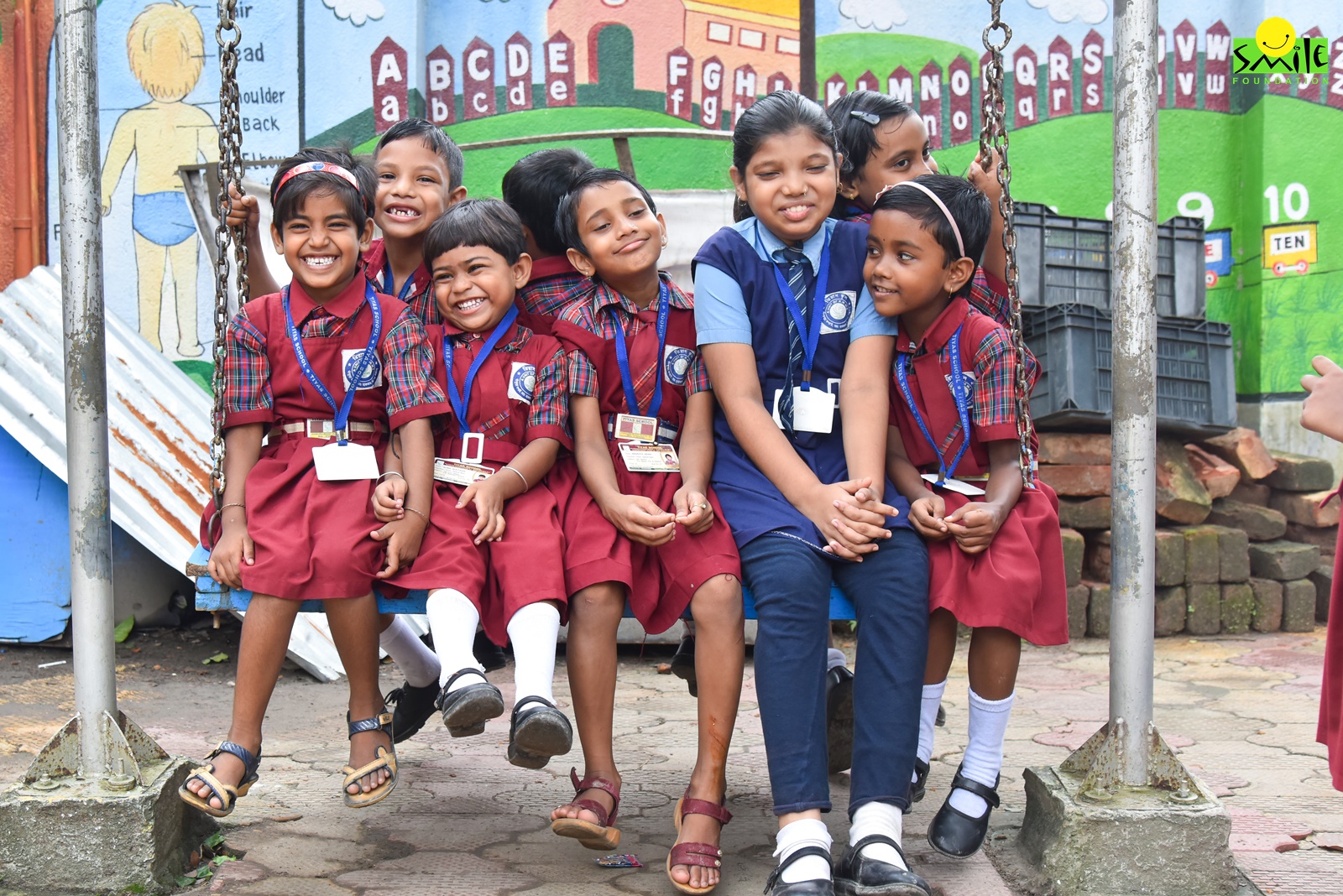

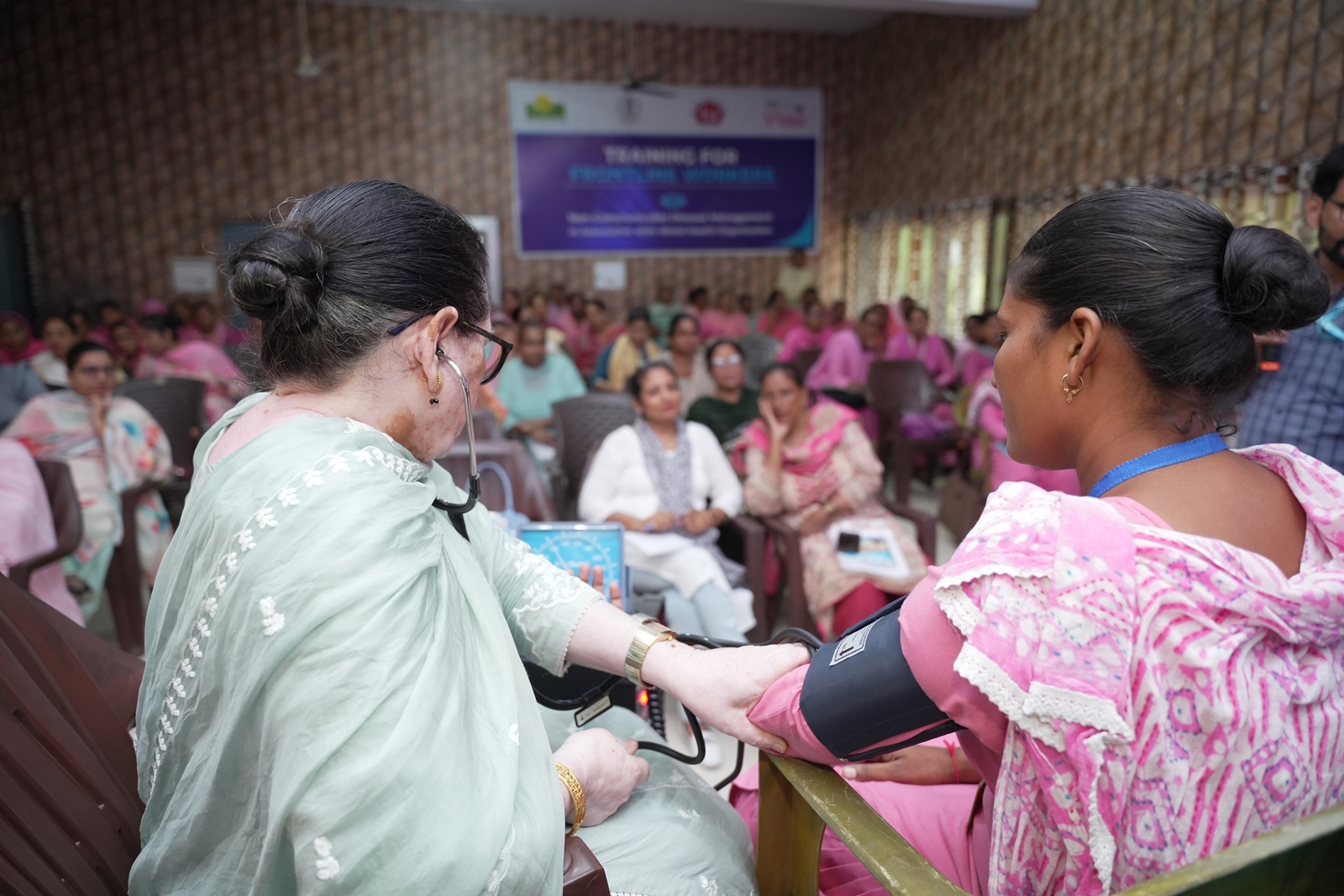
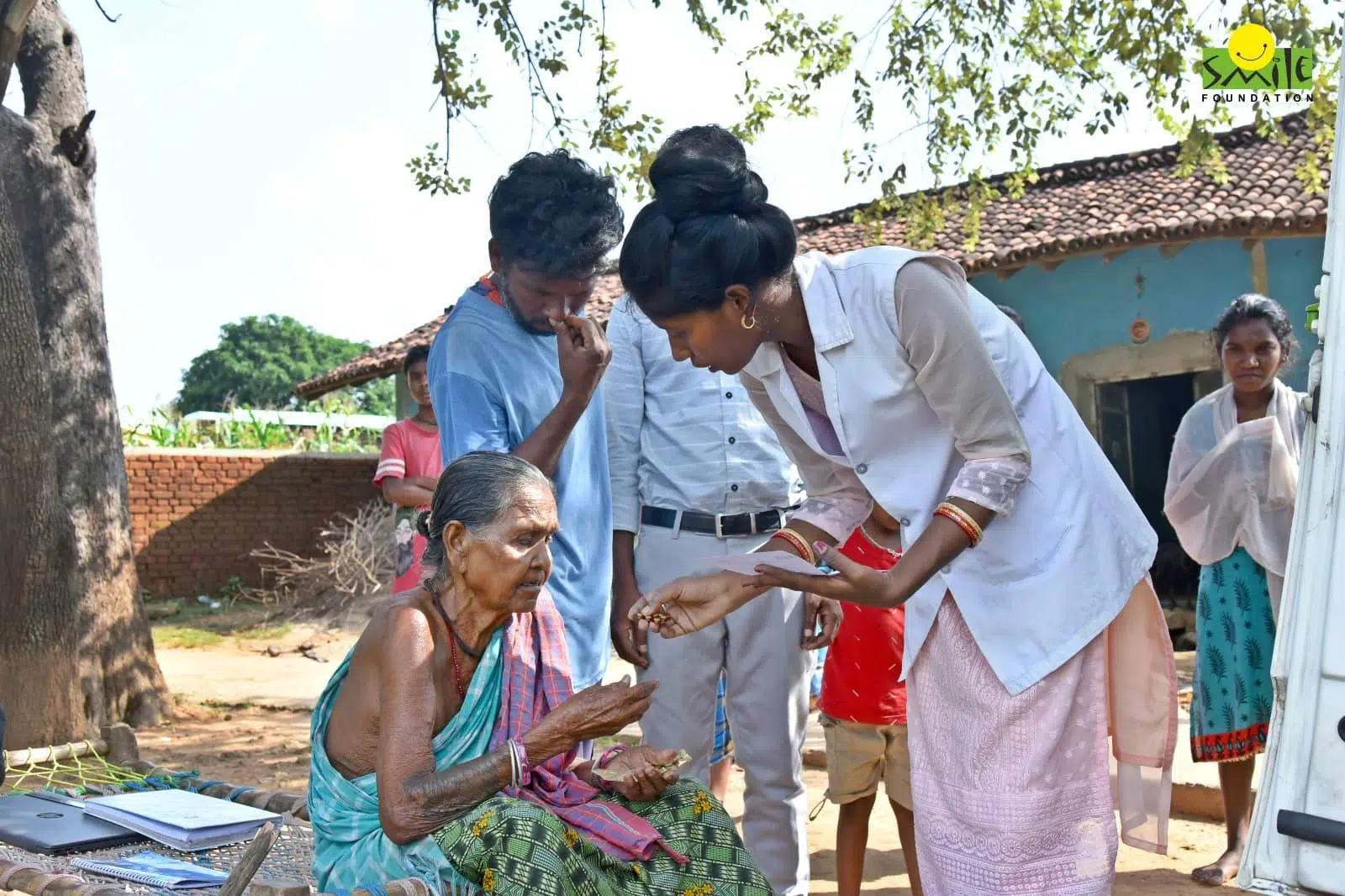
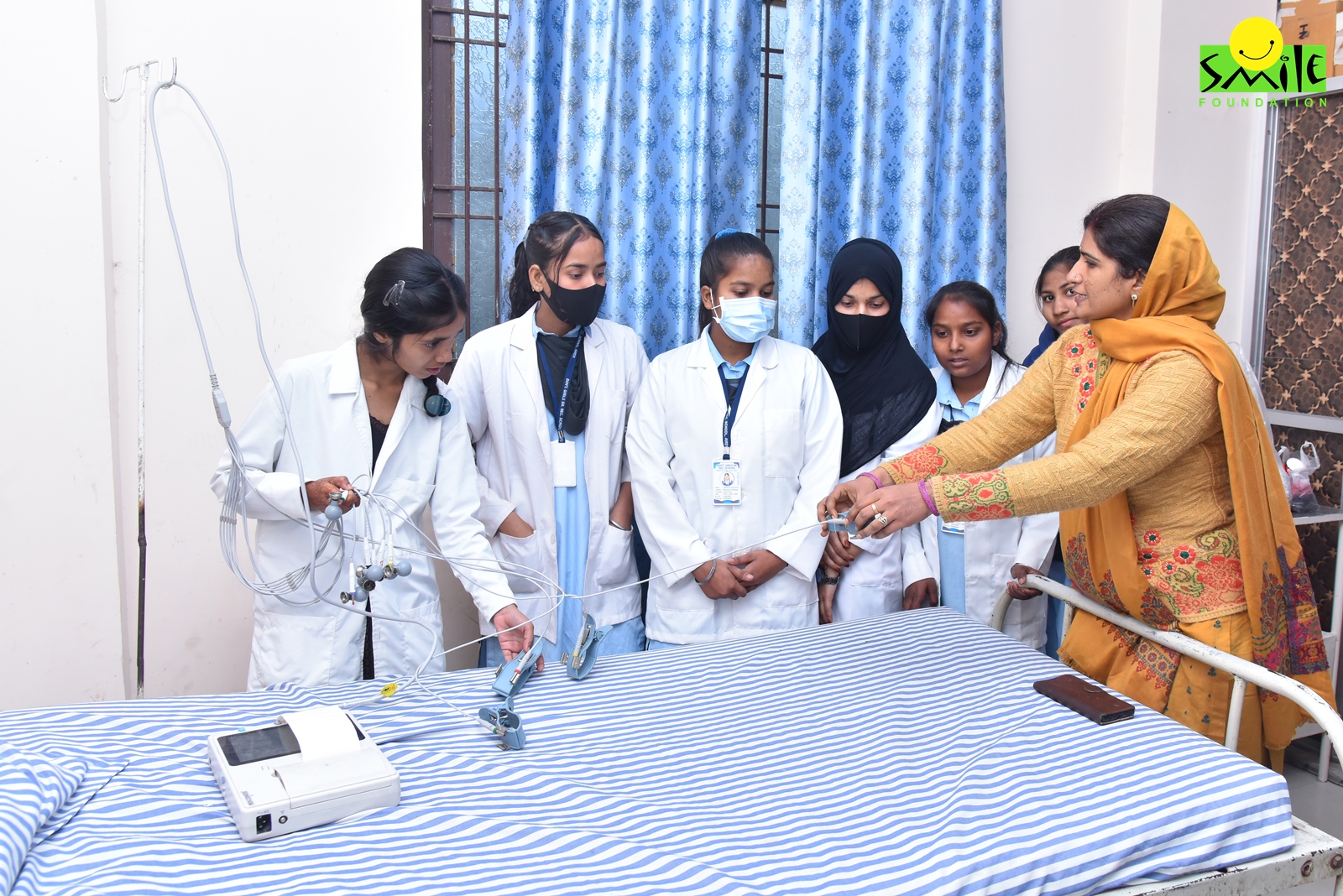
One reply on “More Women Join STEM Courses, Few Make it to the Top”
Very good job all of you progress in this job continuity….